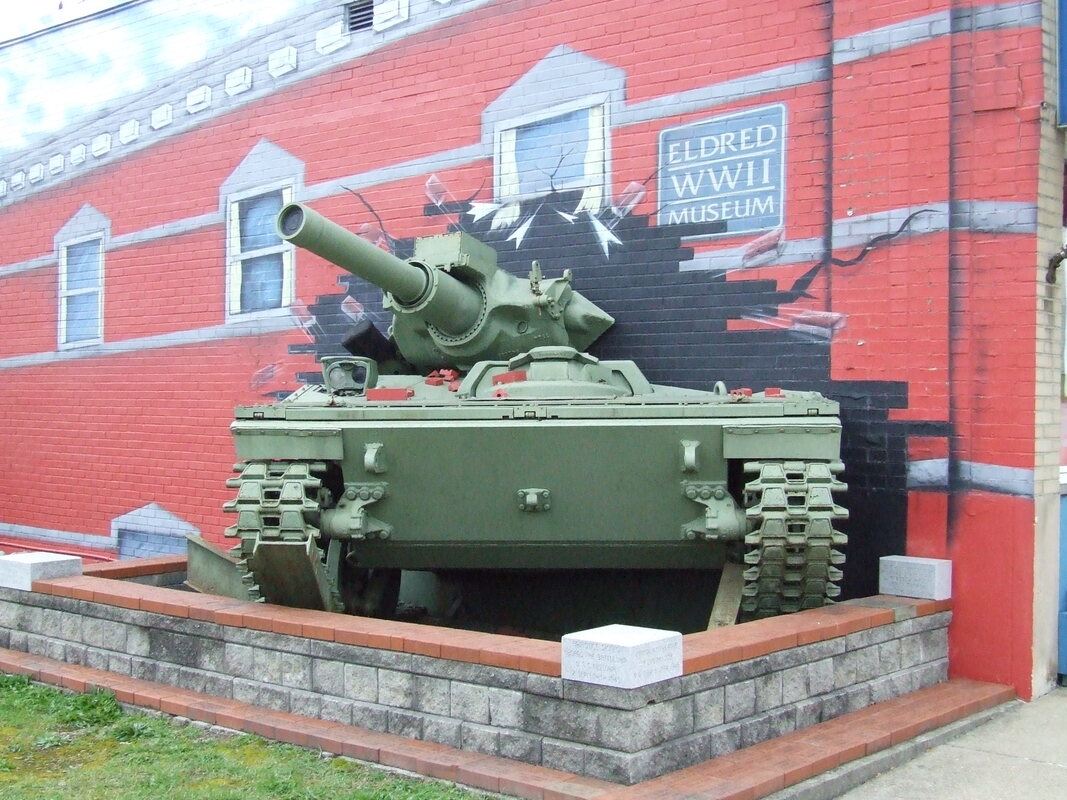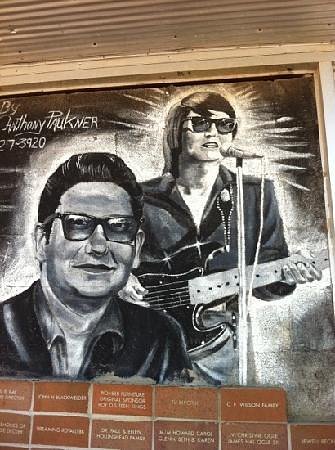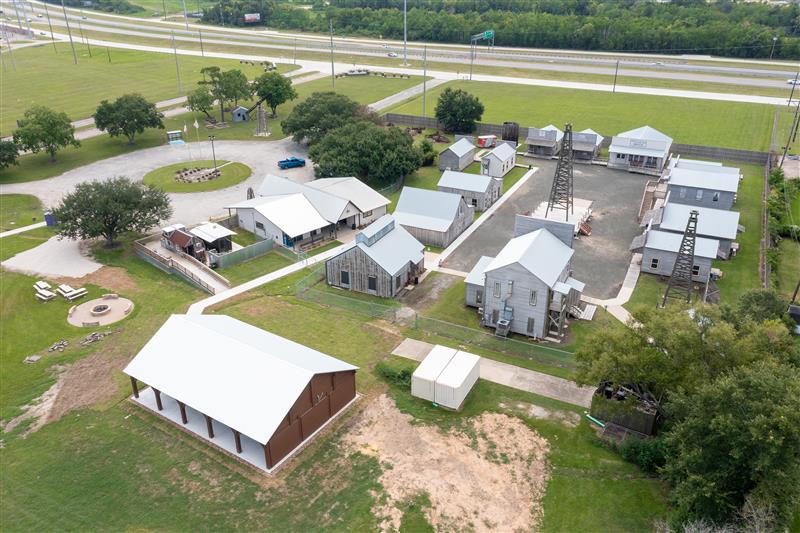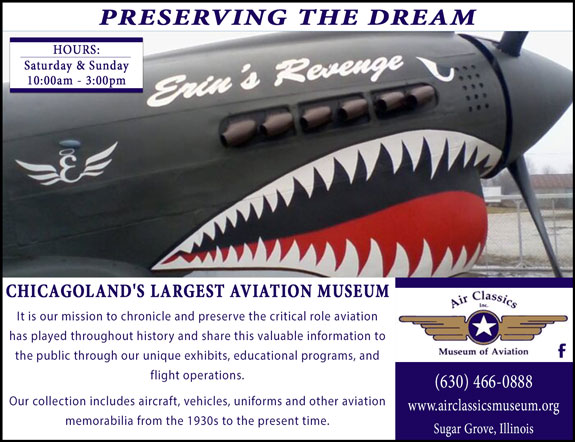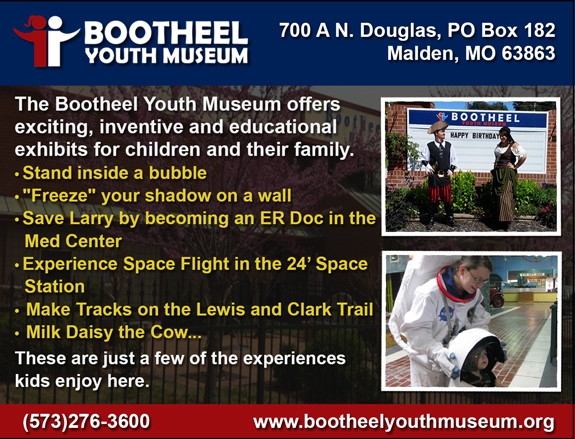Museum Guide
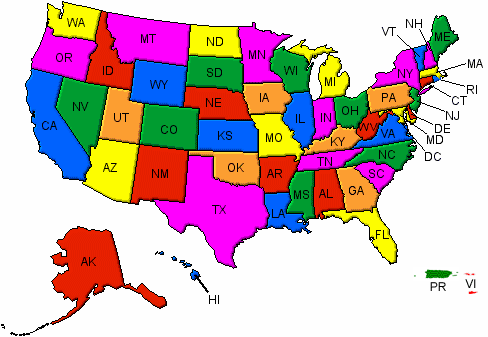

Select from Pulldown
Museum Guide News
“Why is there a World War II Museum in Eldred. PA?”This is a common question received by staff at the Eldred WWII Museum. The answer lies in a munitions plant that was operated in the Eldred area during the war. The plant did not start out as an American operation, however.
George Roudebush, an American lawyer, with J.W. Whitmore, a Canadian, found the Eldred area to be a suitable location for a munitions plant that would serve British armed forces. To preserve and interpret the history of World War II. To commemorate the contribution of 40 million Americans that supported the 16 million fighting soldiers during the epic struggle to defend freedom and democracy against the forces of greed and aggression. To help shape a stronger future for the United States by helping present and future generations understand the lessons of the 20th century, the Museum was created!
In the 1990s, George Roudebush's son, Tim, was working as a businessman in Kansas. He was very much distressed by the youth's lack of knowledge regarding World War II and its influence on the world. Knowing the legacy of the National Munitions Plant and its workers in Eldred, Tim elected to construct a museum in their honor; not in a large city like Buffalo or Pittsburgh, but in Eldred itself. The museum opened in 1996 and has since seen consistent expansions that has grown the museum to over 15,000 square feet.
Today, the museum also houses the Robert A. Anderson Library. It serves as a significant resource for research on the subject of World War II. The library was established in 1999 upon the acquisition of the collection of historian Robert A. Anderson. The collection was a life-long passion and included thousands of books and rare artifacts.
The museum has continued to add to the collection which now exceeds 8,500 volumes. The holdings of the library include rare or out of print books that the researcher may not be able to find in a local library. In addition to books, researchers also have access to veteran statements and interviews, various wartime periodicals, videos, and documents within the museum’s archives.
So, when you are passing through northern, PA stop off in Eldred and visit a little bit of unfound WWII history. Museum is open December – February Tuesday - Friday: By appointment Saturday: 10:00 am - 4:00 pm March – November Tuesday - Saturday: 10:00 am - 4:00 pm Sunday: 1:00 pm - 4:00 pm. Admission Adults: No Admission fee, donations appreciated Children 18 and under: Free. 814-225-2220 - https://www.eldredpawwiimuseum.com/#/
The Roy Orbison Museum is a small museum dedicated to rock-n-roll legend and singer-songwriter Roy Orbison, who lived in Wink, TX as a child and performed with various country-western bands during the 1950s before heading on to pop stardom.
The Museum was formed in 1989 by volunteers of Wink to pay tribute to a favorite former resident of this small oil field town, Roy Orbison after his death in December 1988. The museum houses memorabilia from all over the world courtesy of his many fans.
While Wink, TX is very small, it attracts visitors from many countries around the world to visit the museum. The museum will celebrate Roy Oberison’s 90th birthday. And on April 23, 2026 Wink will celebrate their Centennial on May 9th, 2026. Both promises to be wonderful celebrations!
When ready to visit us, contact Barbara at 432-999-8838. The museum is free, but donations are always welcome!
Spindletop Boomtown Museum takes visitors back in time to experience what life was like on the hill for the workers, the deal makers, and families who called this area home during the early 20th century boom days.
On January 10, 1901 on Spindletop Hill outside of Beaumont, Texas, the Lucas Gusher roared to life. This spectacle ushered in the petroleum age, changing the course of United States history.
In the beginning of the 20th century, the Southeast Texas economy, like that of most of the South, relied on subsistence agriculture, but cattle ranching and the lumber business were also important. Large ranches sent cattle to New Orleans, and mills in Beaumont and Orange produced lumber for shipment to the rest of America and overseas. Southeast Texas had another resource – oil – but the amount underground remained a mystery.
To the north, settlers near Nacogdoches used seeping oil for lubricants before 1800. In 1847, the settlers at Sour Lake noticed that oil was bubbling to the surface, and after the Civil War Dick Dowling tried unsuccessfully to drill a well near there. There were numerous discoveries in east and central Texas in the later years, especially at Corsicana in 1896. Wildcatters drilled at Spindletop in 1893 and 1896 and at Sour Lake in 1896. However, there was no significant oil production along the Gulf Coast until the gusher at Spindletop in 1901. Total Texas oil production was 836,000 barrels in 1900, a small fraction of national production (63 million barrels).
This was the start of the rich history and the oil boom and industry in South East Texas. The Spindletop Boomtown Museum explores all facets and more! Come visit us in Beaumont, TX and explore this amazing exploration and industry! 409-880-1750. Hours: Tuesday - Saturday: 10:00 a.m. - 5:00 p.m.Sunday: 1:00 pm - 5:00 p.m. (closed Mondays and major holidays)
https://www.lamar.edu/spindletop-boomtown-museum/spindletop-history/index.html
